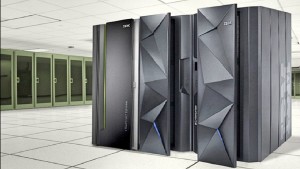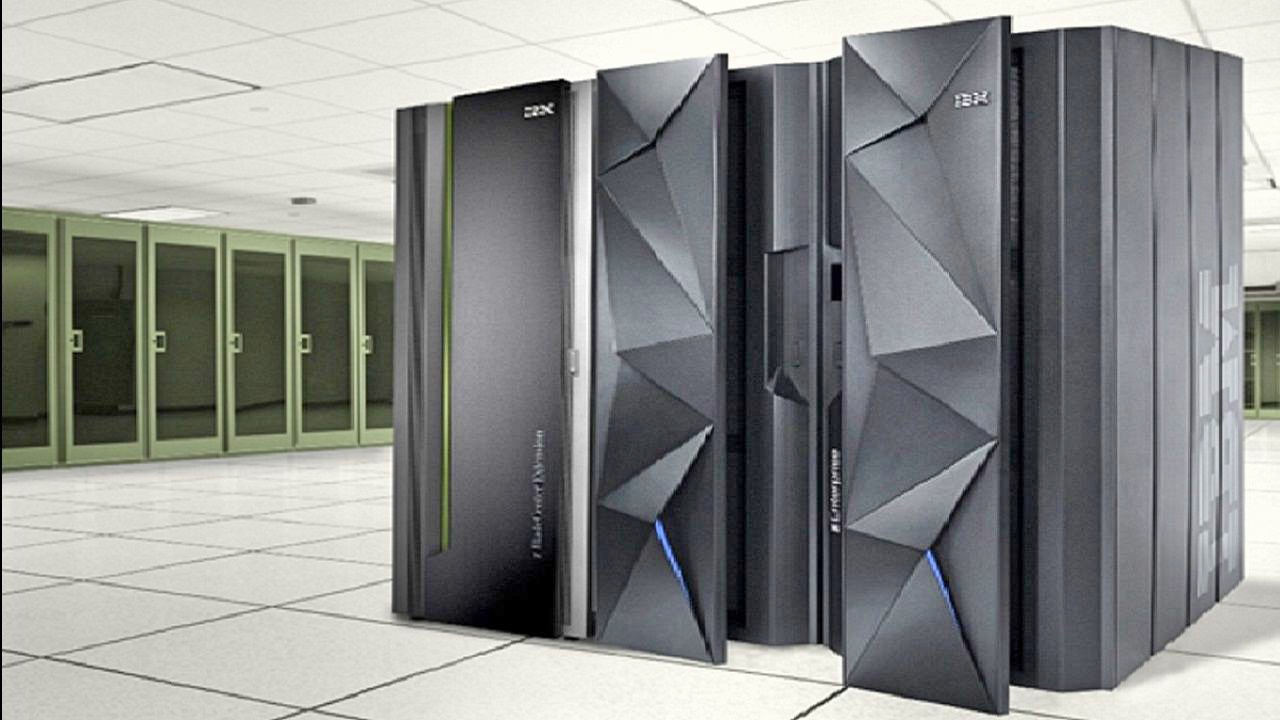Once upon a time, there were huge, monstrous computers used in large organizations to process data. They stored data on a bank of magnetic tapes that looked like your grandpa’s Grundig or Akai reel-to-reel tape recorder. There was no mouse of color LCD screens then; you had to type cryptic commands (and know them by heart). And the output would appear on “terminals” — displays with green screens. The mainframe central processing units looked like large cupboards in an office, but later, they took on sleek designs. Though IBM was the leading manufacturer of mainframes in the ’50s, ’60s, and ’70s, there were others who made these machines: Burroughs, UNIVAC, NCR, Control Data, Honeywell, General Electric and RCA (called the seven dwarfs). There were a bunch of companies that made applications for mainframes: BMC Software, Compuware, CA Technologies and others. At one point of time, mainframes were the major source of revenue for IBM and the seven dwarfs. When the client-server era arrived in the 1990s, the mainframe business started to decline. So IBM and others had to restructure their businesses and turned their attention to PCs, servers, consulting and services. And then came the era of cloud and data centres. So whatever happened to the mainframe computer and the industry that created applications and services on the mainframe platform?
 IBM continues to make mainframe computers today, under the Z-systems portfolio (z13s mainframe shown in the image). But who uses mainframes today? And are they still relevant?
IBM continues to make mainframe computers today, under the Z-systems portfolio (z13s mainframe shown in the image). But who uses mainframes today? And are they still relevant?
Malav Kapadia, Global Director & Head of Indian Outsourcing Partners, BMC Software said, “We started our business in 1980 and focussed on mainframes. Till 1995 about 95 – 96 per cent of our revenue came from the mainframes business. It is about 30 per cent now and is still a large chunk of our portfolio.”
BMC Software has annual revenue of $2 billion so 30 per cent of that is still quite significant. The company offers solutions for mainframe management and cost optimisation.
It also offers non-mainframe solutions ranging from Helpdesk to real-time monitoring solutions, cost optimisation/management, mobile and automation solutions.
In India, BMC works with large enterprises directly or indirectly through system integrators like TCS, Wipro, HCL, Cognizant, L&T Infotech, and Tech Mahindra.

Malav Kapadia, Director and Head of Indian Global Outsourcing Partners, BMC Software
Kapadia says mainframes are still used today to process 95 per cent of the transactions in the banking, insurance, airline and retail industries.
“While the myth is that mainframes are legacy, it continues to grow and thrive. The fire power that a mainframe can deliver is better than anything else out there. The number of transactions that they can handle, the load and the real-time results they deliver is still the best. We have a big relationship with IBM and will continue to support them on mainframes,” he says.
It’s no wonder that mainframes are also called “big iron” systems. People in the industry say that mainframes continue to deliver ROI or return on investment.
Of course, mainframes have evolved today and have advanced operating systems, more memory, disk drives and GUIs. They also work in the cloud. But the fundamentals remain the same: they sill run applications like COBOL programming language, FORTRAN programming and DB2 (database). COBOL and FORTRAN programmers are also in demand as such programming skills are rare.
So mainframes continue to thrive in the age of cloud and datacenter, and will continue to be around for many more years.
What is a Mainframe?
According to Wikipedia, Mainframes are computers used primarily by large organizations for critical applications, bulk data processing, such as census, industry and consumer statistics, enterprise resource planning, and transaction processing.
The term originally referred to the large cabinets called “main frames” that housed the central processing unit and main memory of early computers. Later, the term was used to distinguish high-end commercial machines from less powerful units. Most large-scale computer system architectures were established in the 1960s, but continue to evolve.
————————————————————————————————————————————————
With inputs from Wikipedia









